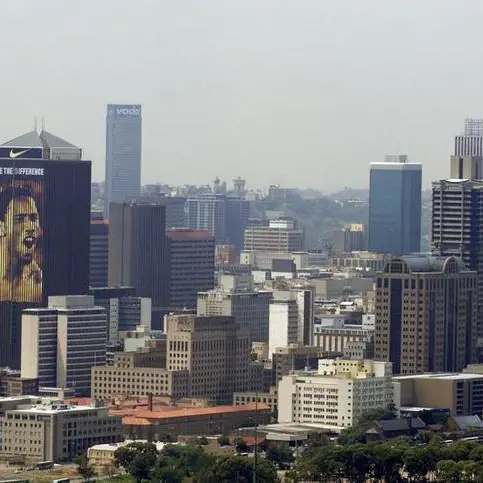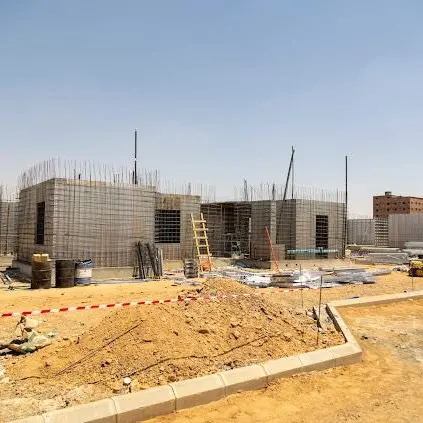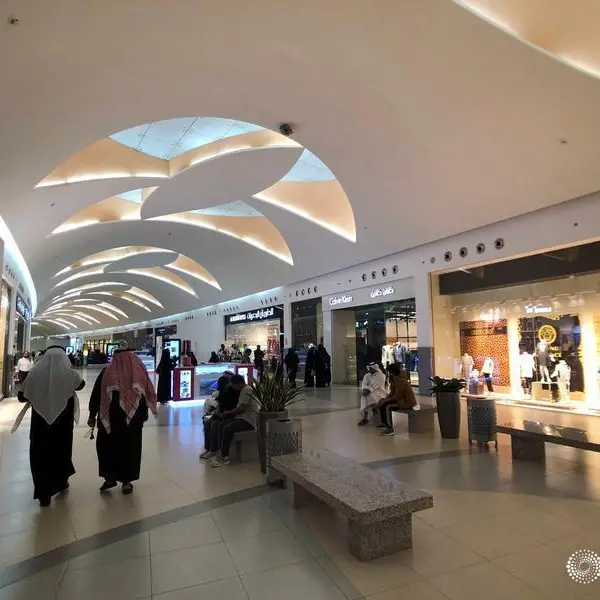Despite the gradual growth in momentum of South Africa's vaccination programme, and the cautiously optimistic view of the local investment markets, the country's core economic engines continue to splutter rather than roar to life.
Historically, the property sector has always lagged the rest of the country’s economy, and this remains true today. Which means that in the coming year, property stakeholders can probably expect to continue facing many of the challenges they have over the past number of years. However, all is not doom and gloom, as highlighted by some of the emerging property trends.
Unoccupied properties continuing to grow
The commercial property market was experiencing challenges prior to Covid-19, and it’s likely that these are going to continue for some time on the back of the shifts in work trends created by the pandemic. These will likely be exacerbated as the effect of shadow vacancies becomes more apparent, resulting in the number of unoccupied properties continuing to grow.
While the full extent of the work-from-home phenomenon is still settling, and will be for some time, it’s clear that many companies intend downscaling their physical workplaces in favour of smaller office spaces required for hybrid workforces.
On the plus side, there is a steadily growing need for affordable residential accommodation within most urban centres. Since many of these existing commercial buildings already have services, they are relatively easy and cost-effective to repurpose. This trend has already become well entrenched in many cities and, as more office spaces become vacant in the coming months and years, it will undoubtedly accelerate.
Advantages of repurposing office space
Such a move towards repurposing office space into residential units, rather than building new residential developments, brings numerous advantages. Apart from the cost benefits, a repurposed building places much less pressure on already struggling municipalities in terms of the provision of services and utilities. In addition, the fact that these repurposed buildings are already located within cities reduces the need for residents to commute, thereby easing congestion and reducing pressure on public transport facilities.
Perhaps most importantly, if developers undertaking these repurposing projects are prepared to focus their efforts on the affordable housing space, hopefully incentivised to do so by government, they could go a long way towards easing the massive national affordable housing backlog of more than 2 million homes.
Industrial property growth prospects remain positive
Industrial property remains the workhorse that it has been within the overall South African property market for the past 10 years. While there may have been a few hiccups for some sectors over the past two years, the growth prospects for the sector remain very positive. That’s especially true for the light industrial sub-sector where the stellar rise in e-commerce, coupled with huge increases in international freight costs, is creating significant demand for more inventory space, bigger manufacturing facilities, and more extensive logistics supply chains.
All levels of residential property have enjoyed a good period of growth in recent months, thanks to the historically low interest rate environment. As rates continue to climb in the coming months, this honeymoon period will likely begin to taper off, particularly in the upper end of the market. However, the more affordable, entry-level residential sub-sector should continue to grow as incomes stabilise. Rising interest rates also have the potential to reverse the recent trend that saw lower-income individuals and families opting to buy rather than rent. And as rentals become more sought-after, residential property and buy-to-rent investors will likely begin to re-enter the market.
Retail property - a tale of two parts
The retail property sector remains a tale of two parts. Large retailer spaces, like super-regional malls, continue to find it difficult to attract and keep tenants, and this problem is being compounded by the drop in consumers who want to venture out to physical shopping spaces. Over the years, large retailers have had to reinvent themselves several times as consumer trends have shifted. It seems clear that it is once again time for such reinvention.
In contrast, smaller community-based shopping centres continue to thrive, primarily thanks to growing demand from local consumers who are increasingly loathed to incur the often-significant expense of travelling long distances to do their shopping. The fact that the phenomenon of monthly shopping is now ancient history is also supportive of these smaller centres. Households cannot afford to do large grocery shops, nor do many have the space to store a month’s worth of supplies. Add to that the potential for lengthy spells of load shedding to turn off a home’s refrigeration devices and lead to spoiled food, and it’s clear why demand for the quick daily or weekly shopping convenience offered by smaller outlets is growing.
These peri-urban centres are also seen very much as an integral part of the communities they serve, as demonstrated by the protection they received from community members during the recent protest action, which left many large retail malls damaged or destroyed. This sense of community is likely to stand these centres and their tenants in good stead going forward and will almost certainly result in steady growth in this property sub-sector.
All rights reserved. © 2022. Bizcommunity.com Provided by SyndiGate Media Inc. (Syndigate.info).




















